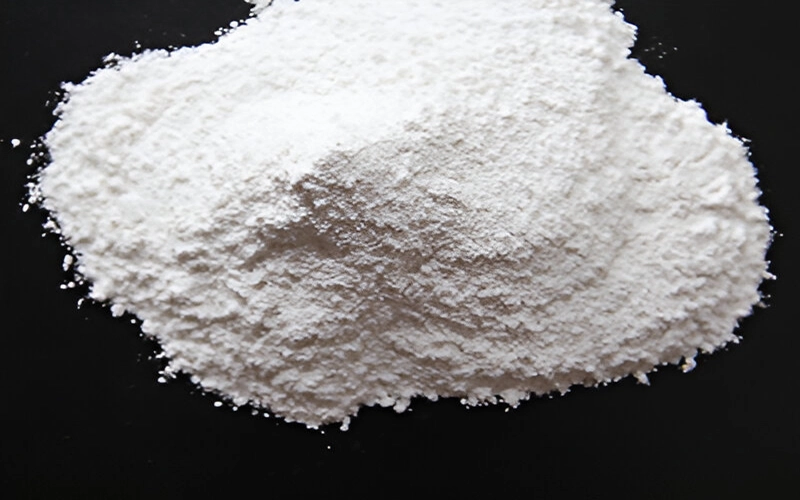Fluorspar
Fluorspar, also known as fluorite, is a naturally occurring mineral composed of calcium fluoride (CaF₂). It is the primary source of fluorine, an element essential for a variety of industrial and chemical applications. Fluorspar is typically found in a range of colors, including purple, green, blue, yellow, and clear, and it forms in cubic crystals, often in hydrothermal veins, sedimentary rocks, or associated with metallic ores.
There are two main grades of fluorspar: acid-grade and metallurgical-grade. Acid-grade fluorspar contains over 97% calcium fluoride and is primarily used in the chemical industry. Metallurgical-grade fluorspar, with a lower purity level, is used mainly in the steel and aluminum industries.
The largest producers of fluorspar are China, Mexico, Mongolia, and South Africa. China is not only the leading producer but also a major consumer due to its vast manufacturing and chemical sectors. Other notable deposits are found in the United States, Canada, and Europe, although many of these are not heavily mined today.
One of the most significant uses of fluorspar is in the production of hydrofluoric acid (HF), which is a key precursor in the manufacture of fluorochemicals, refrigerants, pharmaceuticals, and even uranium processing. Hydrofluoric acid is also used in glass etching and stainless steel pickling and as a catalyst in petroleum refining.
In the metallurgical industry, fluorspar is used as a flux in steelmaking to lower the melting point of raw materials and remove impurities such as sulfur and phosphorus. It is also used in aluminum production to reduce slag viscosity and improve metal recovery.



